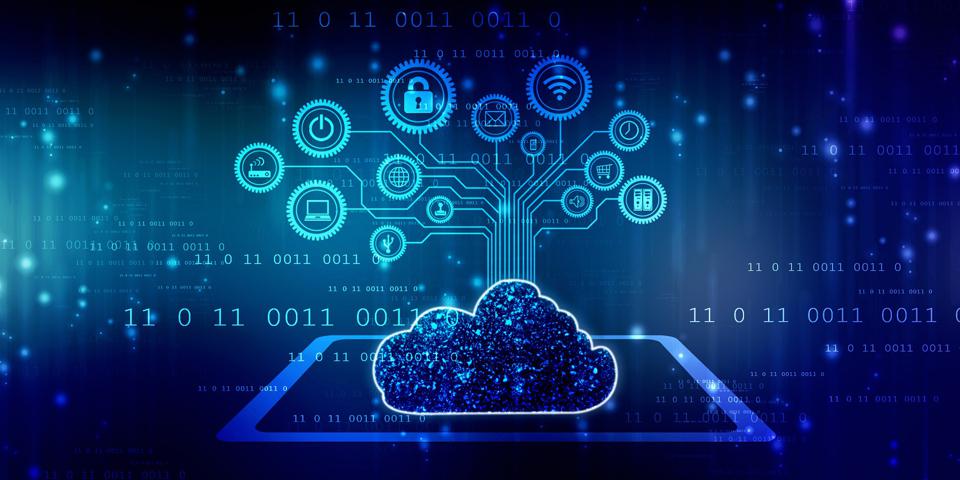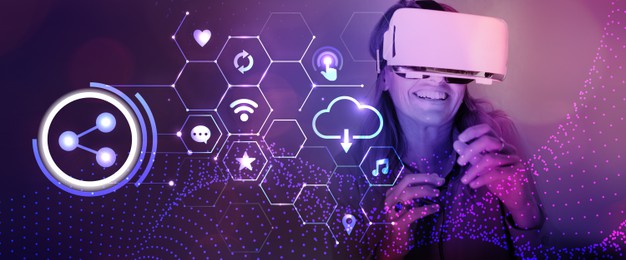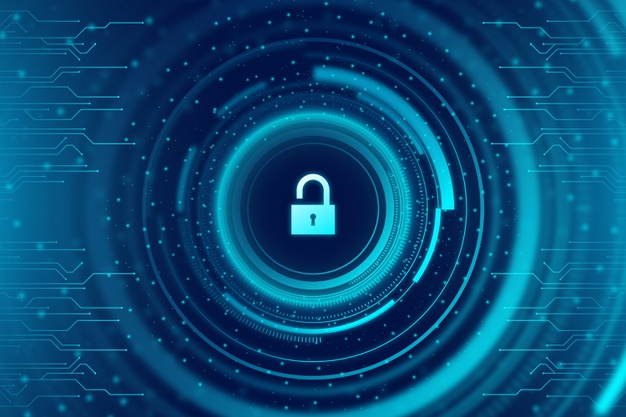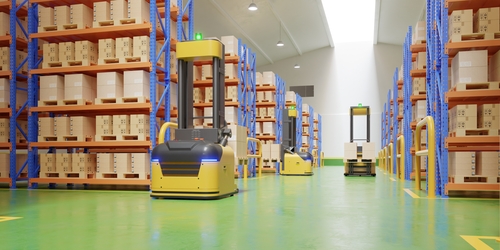Evolution of Biometric Recognition Systems with AI
3AI September 11, 2023
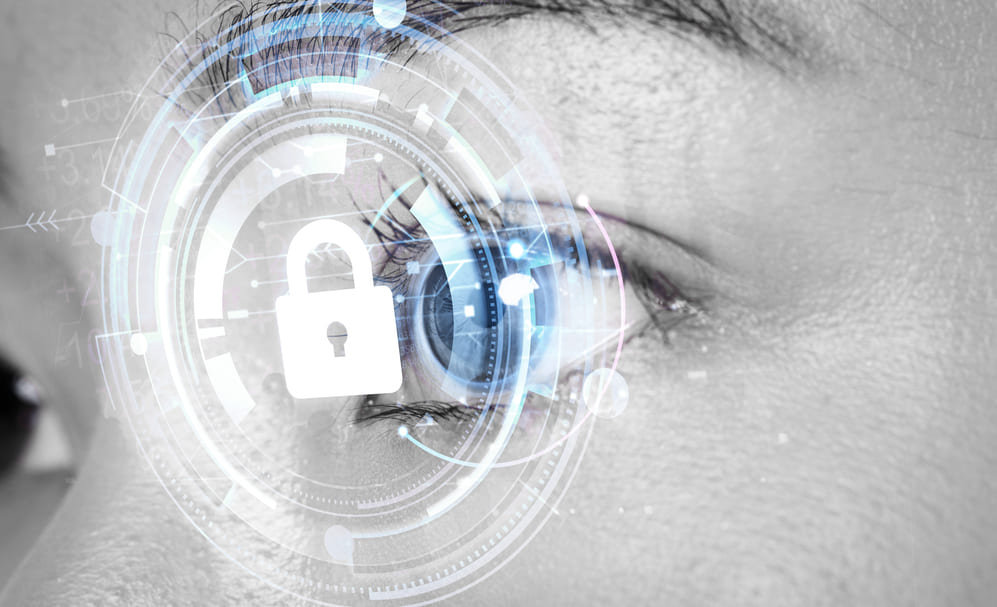
Featured Article:
Author: Kiranjit Pattnaik, MiQ
What are biometric recognition systems
Biometric recognition systems are computer-based systems that use an individual’s physical characteristics, such as their fingerprint, voice, face or any other part of the body, to authenticate their identity and grant access to secure areas, systems, or services. They are used increasingly as an additional layer of security, in addition to passwords or tokens, to protect sensitive data from unauthorized access. The use of biometrics for identification & recognition dates back to the early 1800s. The first use of biometric technology to identify a person was in India in the late 1880s, using handprints and body measurements. Biometric technology began to develop further in the mid-1970s, when automated fingerprint and facial recognition systems were developed.
Types of biometric recognition systems
Various types of biometrics came into existence since the invention of biometric recognition systems, and they are mentioned below in the order they came into the market.
- Fingerprint Recognition: This is the most common type of biometric recognition system. Fingerprints are unique to each person and can be used to identify them accurately.
- Iris Recognition: This type of biometric recognition system uses the unique patterns in an individual’s iris to identify them accurately.
- Facial Recognition: Face recognition uses facial features such as the eyes, nose, mouth, and jawline to identify individuals. It is less invasive and more reliable than fingerprint recognition.
- Voice Recognition: Voice recognition can be used to identify individuals by their unique vocal characteristics.
- Signature Recognition: A signature recognition system is an automated system designed to authenticate a person’s signature by using handwriting recognition algorithms.
- Hand Geometry Recognition: This type of biometric recognition system uses the physical features of the hand, such as the shape, size, and number of fingers, to identify individuals.
- Finger Vein Recognition: Finger vein recognition is a biometrics system that uses an individual’s unique vein patterns in the finger as a verification method. The technology works by capturing an image of the finger’s venous pattern using an infrared light and camera.
- Gait Recognition: Gait recognition is a technology that uses a person’s body movement, such as their walk or stride, to identify or verify their identity. It is a biometric technology that is based on the unique pattern of the person’s gait, which is a combination of their posture, speed, and the stride pattern.
Facial recognition and fingerprint biometrics are two of the most commonly used biometric systems, and both have important applications in today’s digital world. Facial recognition is widely used in areas such as physical access control, automatic passport control, and law enforcement. Fingerprint technology is also commonly used in areas such as physical access control, criminal identification, and health care authentication. Both of these biometric systems offer advantages over traditional identification methods such as passwords and PINs, as they are difficult to replicate or bypass.
Traditional methods used for biometric recognition systems
With every biometric system there were couple of traditional approaches followed for identification and recognition in alignment to the type of biometric it is. Some of them are Minutiae-Based Matching, Correlation-Based Matching, Pattern-Based Matching, Wavelet-Based Matching, Polar Coordinate Transformation, Radial Scanning, Feature Encoding, Feature extraction, Feature Matching, Gabor Filter, Hidden Markov Models, Vector Quantization, Signal Processing Techniques, Template Matching, 2D/3D Fourier transform, Eigenvector-based methods, Seed-growing methods, Local Binary Patterns and Silhouette-based methods. Most of these methods are used for each of the biometric recognition systems.
Machine Learning based approaches for biometric recognition systems
With the inclusion of Machine Learning algorithms, it had a huge effect over the traditional methods used for the biometric recognition systems. Specially the classification algorithms gained a huge acceptance in the field of biometrics. Some of the methods used to improve the recognition accuracy were Support Vector Machines, Principal Component Analysis, Linear Discriminant Analysis, Fourier Transform, Cross-Correlation, Dynamic Time Warping, Locally-Linear Embedding, Gaussian Mixture Models, Hidden Markov Models, Local Feature Analysis, Bayesian Classifiers, Decision Trees, Random Forest, K-nearest neighbors, Logistic Regression, Naive Bayes Classifier, Feature Extraction and Unsupervised Clustering. Most of the approaches are used for each of the biometric recognition systems and specially the Support Vector Machine which has given a better accuracy for most of the proposed approaches by researchers.
Deep Learning based approaches for biometric recognition systems
When Neural Networks came into picture, it had a great impact on complex use cases and specially in the biometric systems where identifying the minute features were of great importance and differentiating them to classify correctly with a better accuracy than traditional Machine Learning algorithms. Some of the deep learning based approaches used for biometric systems are Artificial Neural Networks (ANN), Convolutional Neural Networks (CNN), Deep Convolutional Neural Networks, Recurrent Neural Networks (RNN), Long Short-Term Memory, Generative Image Translation, Generative Adversarial Networks (GAN), Generative Adversarial Impersonation Networks (GAIN), Autoencoders, Transfer Learning using pretrained models, Multi-Layer Perceptrons and Deep Reinforcement Learning. The ANN, CNN and RNN has been widely used during the initial implementation of deep learning techniques but now a days there’s a wider scope and usage of Transfer Learning as well as GANs and GAINs.
Generative AI based approaches for biometric recognition systems
Generative AI can help solve biometric system challenges in several ways. First, it can be used to generate realistic synthetic data for training and evaluating biometric systems since there a very limited dataset size compared to the deep learning models used. This data can be used to improve accuracy and reduce false positives. Additionally, generative AI models can be used to generate personalized biometric templates to ensure more accurate authentication. Finally, generative AI can be used for synthesizing biometric traits like fingerprints, facial features, and iris patterns, and can be used to generate realistic but non-existent biometric characteristics for spoofing detection.
How to avoid Spoofing attacks on biometric recognition systems
With biometric systems being used for identification and recognition, they are also prone to spoofing attacks and there are couple of ways these attacks can be prevented by:
- Liveness Detection: This method uses different technologies like infrared or thermal imaging to check whether the biometric data is coming from a living person or not. This helps to detect any spoofed biometric information.
- Multi-Modal Biometric Systems: This is a combination of more than one biometric system, such as facial recognition and fingerprint recognition. This helps to improve accuracy and verify the identity of a user accurately.
- Pattern Recognition: This method uses the combination of various technologies like image processing, speech processing, and others to identify the individual identity with high accuracy.
- Time-Based Analysis: This method is used to authenticate the user based on how much time they take to provide their biometric data.
- Security Protocols: This is a set of rules that should be followed by the user or device for secure data access. It also helps to identify any malicious activities or spoofing attempts.
Future of biometric recognition systems
Biometrics is a rapidly growing field and is expected to continue its trajectory for years to come. Biometric systems are becoming increasingly sophisticated, providing more accurate and reliable measures of identity for both individuals and organizations. As advances in technology allow for larger data sets and deeper analysis, biometric systems will become more accurate and reliable. In addition, we can expect that the use of biometric systems will expand to a much broader range of applications, from medical diagnosis to banking to national security. The future of biometric systems looks bright and promising. With an increasing amount of digital data being created, stored, and used, biometric recognition systems are becoming more popular and advanced. In the near future, biometric recognition systems are expected to be used for a variety of tasks, including authentication and identification of people, access control, data security, and fraud prevention. As the technology continues to improve, it will become more accurate, efficient, and secure. Additionally, biometric recognition systems may be used to provide more detailed identity information, such as age, gender, and ethnicity. Hence with the new technologies coming into market, the biometric systems can be further improved using more efficient and accurate models which would be coming into surface in the near future.
Title picture: freepik.com



